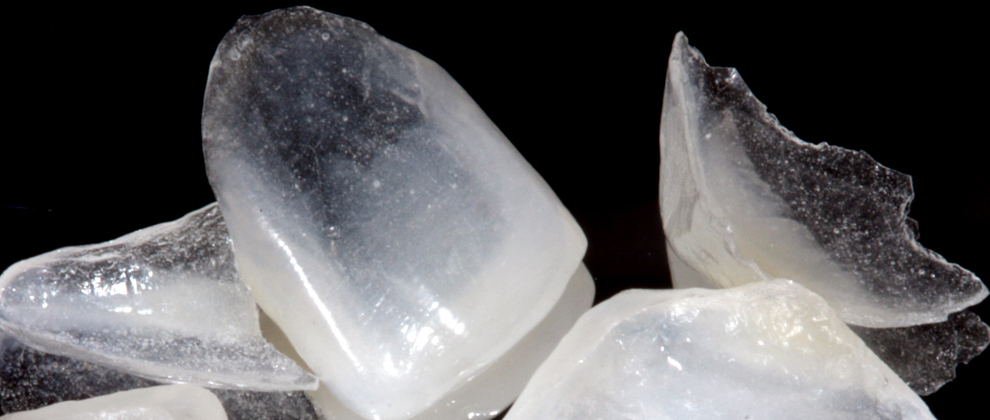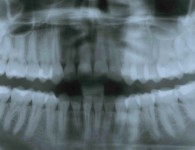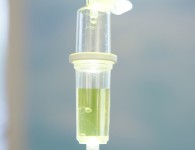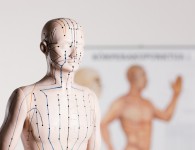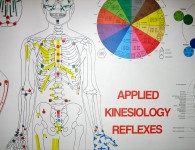The top priority within environmental medicine is the use of materials with a maximum of oral bio-compatibility. Fact is, nearly all dental materials release substances into the human organism which then find their way into the organs. (Schmalz/Arenholt-Bindslev 2005).
On a scientific level environmental dentistry deals with individual risks of using using heavy metals (mercury, palladium) and synthetics and their effects on the human body as a whole.
Disease in the oral cavity can have a significant influence on the development and characteristics of chronic infection and multisystem diseases. Based on the patient’s anamnese and clinical examinations immunological, toxological and genetic methods of examination are employed to prevent any possible negative side effects from dental intervention or chronic infections. This method is implemented as a therapeutic and prophylactic measure.
The human body is bombarded with a huge amount of chemicals on a daily basis. For this reason alone it is important to get an idea of the materials we are exposing our bodies to.
Well over 2000 different dental materials are available to practitioners on the free market yet no official control authority exists with any form of usage guidlines. Yet disscussion is ongoing about the possible harmful effects of foreign material such as amalgam, palladium and polymerisates (synthetics) on the human organism. There are many opinions both for and against possible adverse effects of dental materials. Weigh up the options and decide for yourself.
At this stage close cooperation with the dental technician is of the utmost importance, as the materials used can undergo changes during processing in the dental laboratory.
Toxicological laboratory methods, which register clear levels of exposure should not necessarily be interpreted as having a chronic negative effect. The much recommended epikutane test (the material is adhered to the skin and the resulting reaction is interpreted) does not rule out a sensitive reaction. Aside from special immunological laboratory testing methods (LTT-Test) and the biological testing procedure Applied Kinesology is also a possible alternative.
Fundamentally the biological compatibility can only be evaluated if physics and material science, toxological and immunological-allergological aspects are taken into account.
The best alternative is always the original – prevention is and always will be better than cure. A natural intact tooth is always 100% compatible!

